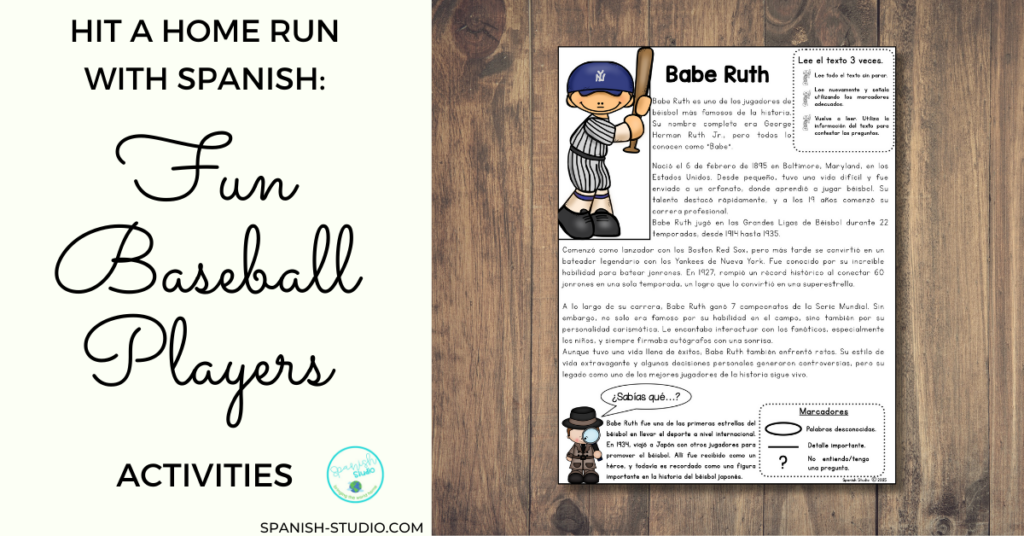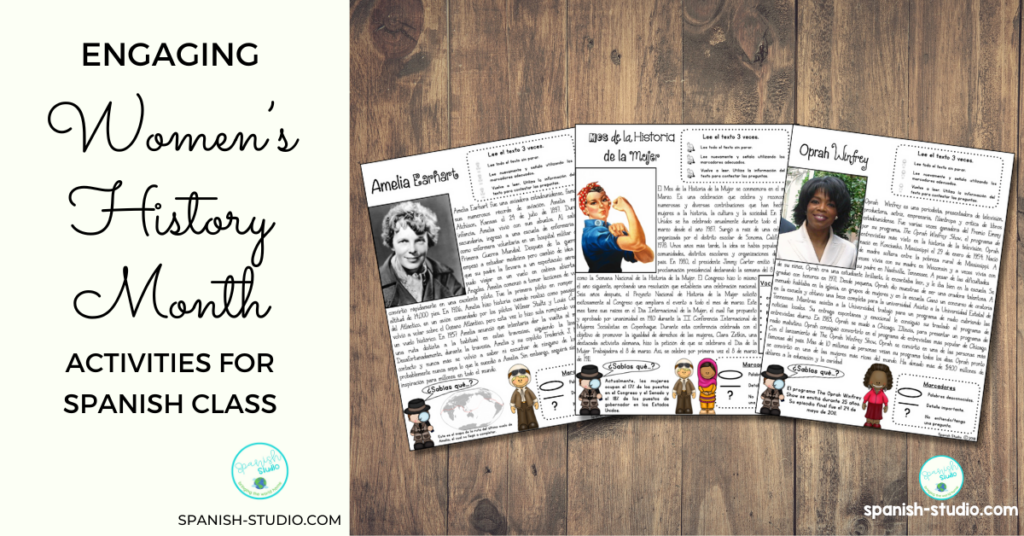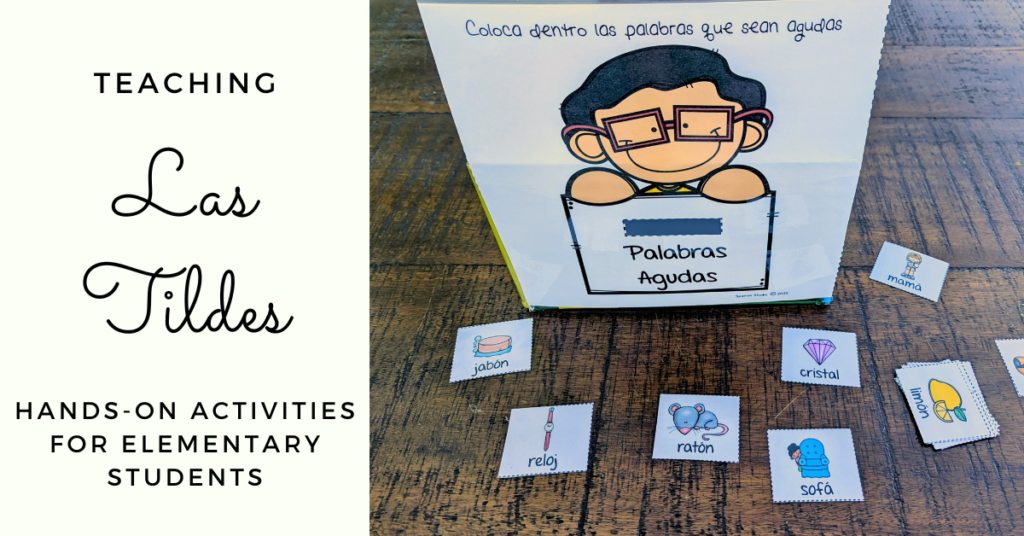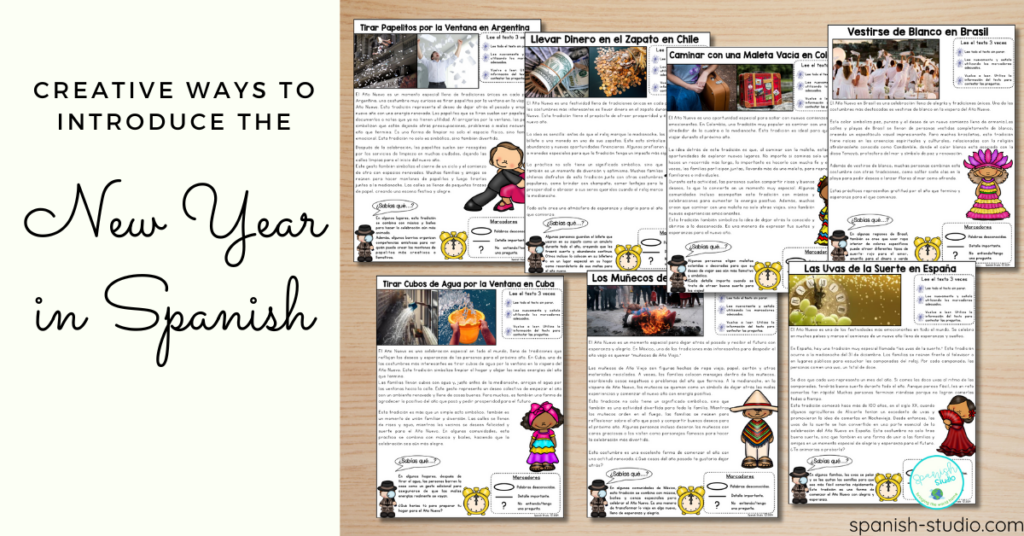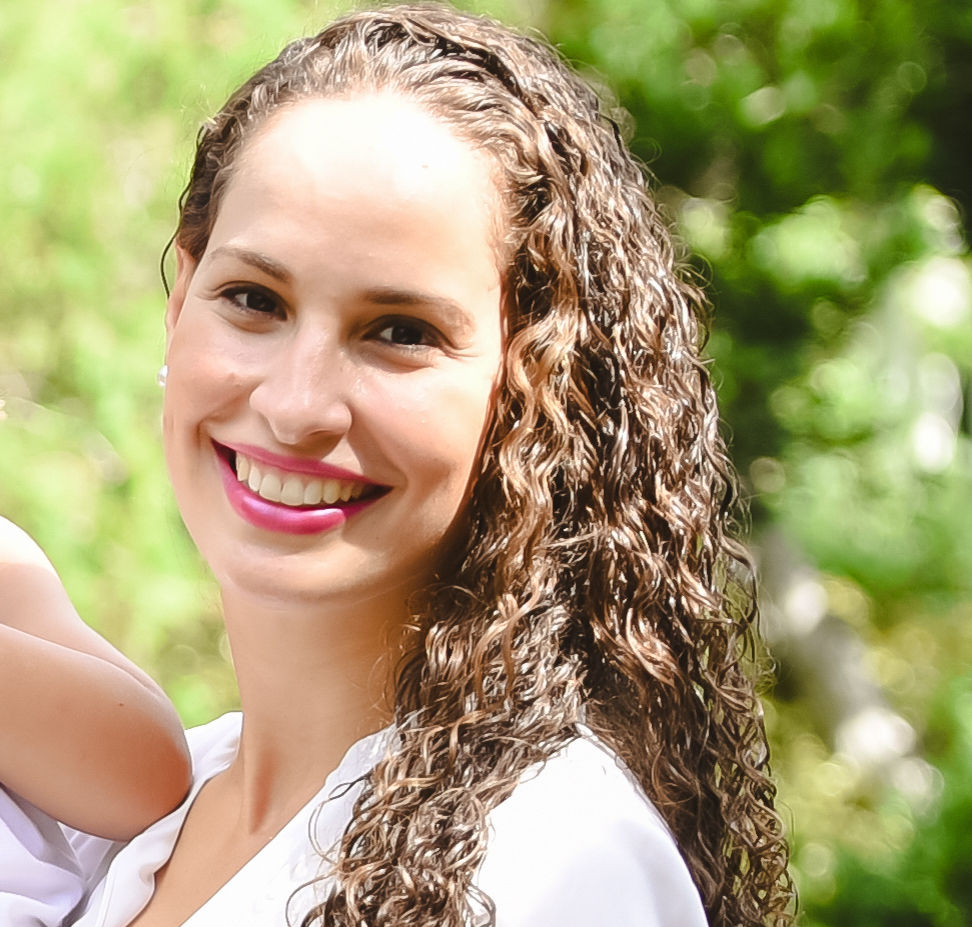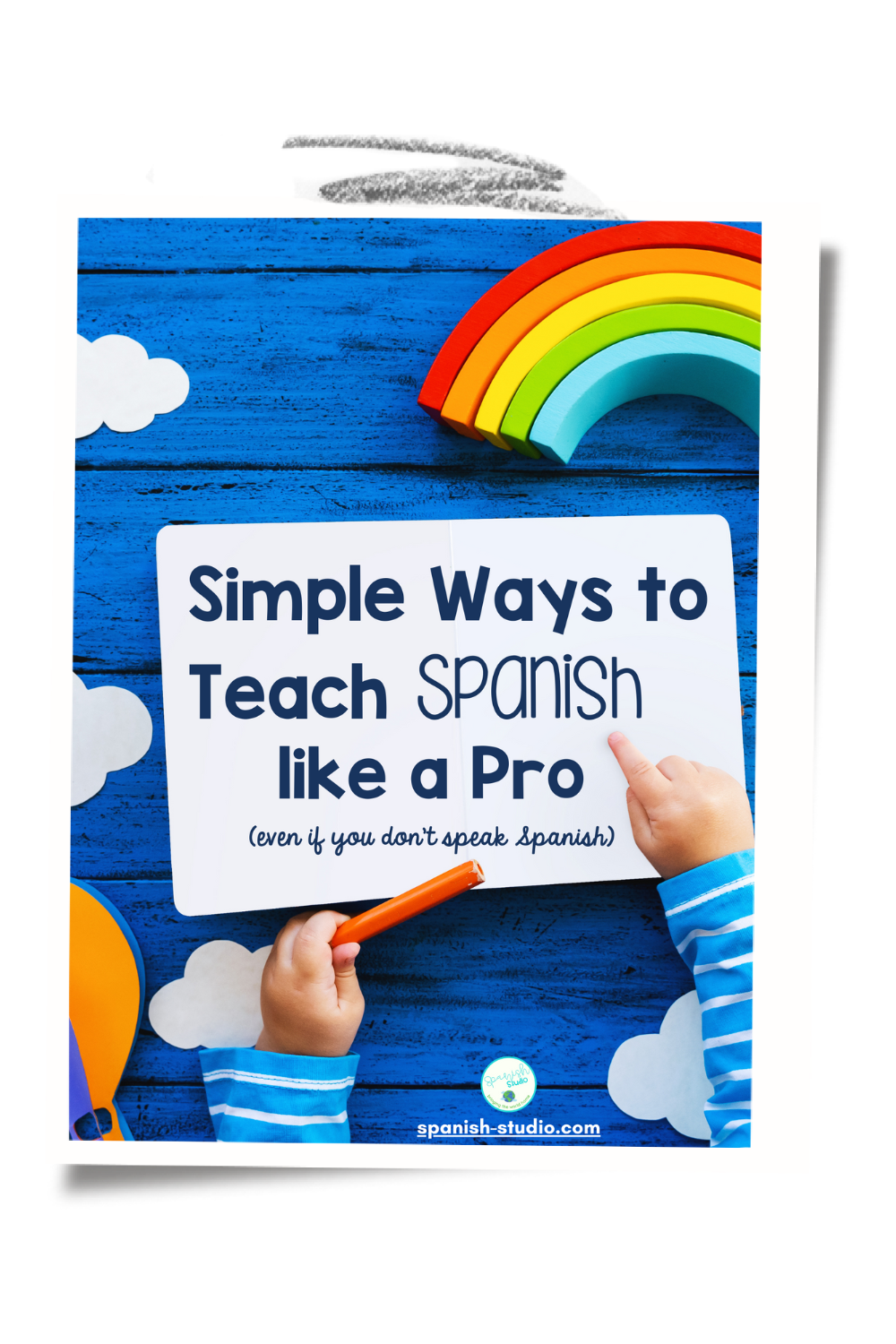¡Hola a todos! Teaching Spanish can be an exciting and rewarding experience, especially when it comes to expanding children’s vocabulary. As a Spanish teacher, one of the fundamental topics to cover with my students is clothing vocabulary. Understanding and being able to discuss clothes items in Spanish not only helps children build their vocabulary, but can also be particularly useful in their daily life and social interactions. In this blog post, we will explore some fun and engaging activities that can help you teach clothes items vocabulary in Spanish to your children. So, let’s dive in and start learning!
Contextualize and Visualize
To introduce clothes items in Spanish, it’s important to provide students with a meaningful context and visual aids. Depending on the season, I like to begin my lessons by discussing the characteristics of spring, summer, fall or winter, such as mild temperatures, blooming flowers, occasional rain showers, hot weather, beach trips, outdoor activities, cooler temperatures, falling leaves, cold weather, snowfall, and holiday celebrations. Then, it’s important to emphasize that people often wear different types of clothing during a particular season. I like to continue by showing pictures or real clothes items to help them associate the vocabulary with the actual objects. You can also use flashcards, posters, or even a clothesline to create an immersive learning environment. It is also a great opportunity to discuss colors and features.
Dress-Up
Organizing a dress-up activity is tremendously fun. With this task, children can actively engage with the vocabulary. I usually ask families to help children bring a variety of clothes items (shirts, pants, dresses, hats) and encourage students to dress up using the vocabulary words they have learned. This hands-on approach helps reinforce their comprehension, while making the learning experience enjoyable.
Wardrobe Sorting
I like to divide the class into small groups and provide them with a set of clothes item cards. Then, I instruct students to categorize the cards based on different criteria, such as gender, weather, or occasion. For example, they can sort clothes into categories like “ropa para el invierno” (winter clothes), “ropa para el verano” (summer clothes), etc. It’s importart to encourage discussion within the groups to reinforce vocabulary usage.
Fashion Show
Organizing a fashion show activity is another great activity to motivate students. They get to role-play as designers, models, or customers. I like to assign roles and provide a variety of clothes items for the students to choose from. It’s important to encourage them to engage in conversations using clothing-related vocabulary. This activity allows students to practice describing clothes, expressing preferences, and negotiating in a fun and interactive way.
Clothes items in Spanish Memory Game
Memory games are a fantastic way to reinforce vocabulary and improve memory skills. I usually create a set of flashcards featuring different clothes items in Spanish, such as “camisa” (shirt), “pantalones” (pants), “chaqueta” (jacket), and “zapatos” (shoes). Then, I place the cards face down and take turns flipping two cards at a time, trying to find matching pairs. As I flip each card, I try to encourage my students to pronounce the Spanish word correctly. This activity is not only educational, but also lots of fun!
Dress the Doll
Dress the Doll is an interactive activity that allows children to apply their vocabulary knowledge in a hands-on way. You can create a paper doll or use an existing one, and provide a variety of clothing cutouts. Each cutout should represent a different clothing item in Spanish. The student’s task is to dress the doll by choosing the correct clothing items and correctly naming them in Spanish. This activity encourages creativity, fine motor skills, and vocabulary retention.
Clothes Items in Spanish Descriptions
Practicing descriptive language skills is crucial for effective communication. Engage your student in describing different clothing items in Spanish. Start with basic descriptions, such as colors, patterns, and sizes. Then progress to more complex descriptions, like materials, styles, and preferences. Encourage your student to use complete sentences and provide visual aids to support their descriptions. This activity helps expand vocabulary while improving sentence structure and communication skills.
Clothes Items in Spanish Sorting Activities
Sorting activities help learners categorize clothing items based on their characteristics, such as color, season, or type of clothing. I like to prepare several pictures or cutouts of different clothes items ahead of time and create sorting categories, such as “ropa de invierno” (winter clothes), “ropa de verano” (summer clothes), “ropa de otono” (fall clothes), and “ropa de primavera” (spring clothes). Then, I have my students categorize the clothes items in Spanish into the appropriate group, practicing vocabulary and developing critical thinking skills.
Spin the Wheel Game
Create a spin the wheel game. Divide the class into teams and have the students take turns spinning the wheel using a paper clip and pencil. Whatever clothing item the wheel lands on, the student must say the corresponding Spanish word and place their color counters on the matching spot on a provided mat. This game adds an element of excitement and randomness to the learning process.
Clothes Items in Spanish Guess It Game
Prepare flashcards with pictures of various clothing items in Spanish. Divide the class into two teams. One student from each team takes turns choosing a flashcard and giving clues or acting out the item without saying the word in Spanish. Their teammates have to guess the correct word in Spanish. This game encourages active listening, vocabulary recall, and teamwork.
Remember that these games should be adapted to the proficiency level of your students and their learning goals. Keep the lessons interactive, fun, and relevant to their daily lives, fostering a love for learning Spanish while expanding their language skills. ¡Buena suerte! (Good luck!)
Interested in more?
Download my FREE Guide: “How to Teach Spanish Like a Pro (even if you don’t speak Spanish)”





